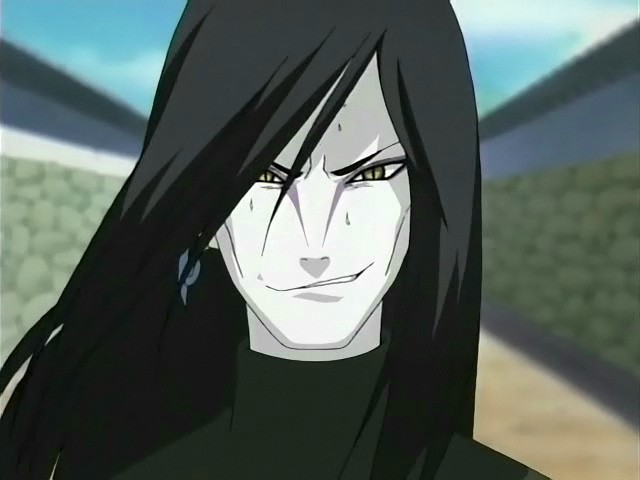Today we’re going to move on from some of the more obvious stuff like fight animation and background scenery that immediately catches the attention of the viewer and move on to something that is crucial yet can go unnoticed pretty often. This is character design, and today we’re going to talk about one of the most standout parts of character design in anime: the eyes.

The problem that any creator of fictional stories has to face is to how to properly communicate the personality, the emotions, and the struggles that the characters face. In anime, animators can convey how the characters feel by manipulating the visual aspects of the show. And because anime, just like any other form of entertainment, is composed of tropes, eventually there are guidelines for a viewer to correlate physical appearance to personality.
Eyes make anime unique because they’re so varied and often are the focus of a shot when the character goes through some emotion. It’s important to note than other aspects of character design – clothes and hair especially, are also crucial. Also when I draw, eyes are the most fun to do because they can tell so much about the subject.
~~~~~~~~~~~~~~~~~~~~~~~~~~~~~~~~~~~~~~
How to Show Character
To show how eyes can shape a character, let’s take a look at an anime all about its characters: Hyouka


I just want you to look at the eyes of Chitanda (top) and Oreki (bottom) and you can instantly tell the difference between their personalities. Chitanda is enthusiastic, charismatic, and passionate. Oreki on the other hand, is downcast, tired, and just isn’t interested. Now how do their eyes portray this?
First, it’s easiest to spot out the angles of their eyelines. While Chitanda’s eyes are curved in an arc, Oreki’s eyes are shaped flatly and the entirety of his eye portrayed in a very linear fashion. Eyes that are wider towards the center and narrower at the sides and have a slanting outward or round shape like Chitanda’s usually show off a “soft” personality. This can convey things from how nice a character is to how naive they might be. In contrast, a slanting inward or level eyeline often portrays someone with a “hard” personality, which can mean things from cynical to even aggressive. The difference between a round eyeshape and an angled eyeshape is extremely easy to tell.
Additionally, Chitanda’s eyes just take up more space on her face and are positioned lower, and commonly shows innocence. Oreki’s eyes are higher up on his face and smaller in comparison.
In Hyouka, the design matches the personality of their characters – Oreki is passive and apathetic, only wishing to save his energy as he makes his way through high school. On the other hand, Chitanda is bright, curious, and innocent. Their relationship can be pretty easily discerned by this clip – you don’t need to know Japanese to see how they work with each other.
~~~~~~~~~~~~~~~~~~~~~~~~~~~~
Identifying the Antagonist
If you’ve ever watched a story with an antagonist, you’ve probably felt that feeling of “oh shit this guy is bad news” before. For animators, it’s a fine balance between making some normal looking guy suddenly become the main villain and making him a little too obvious.

For this, we can look to Psycho – Pass, a story about the morality of a justice system that imprisons people judged to have high “Crime Coefficients” (those most likely to commit a crime).
Again, look at the difference of eyes in these two characters.

Notice again the difference in eyeshape. Akane Tsunemori (top) is a new police recruit, hoping to be able to reduce crime in her city. At the start, she’s extremely naive about the true inner workings of the city. Shogo Makishima (bottom) on the other hand is the main antagonist of the story, and is vastly more cynical and aggressive than her.
~~~~~~~~~~~~~~~~~
0 -> 100


Another way eyes can shape how we think of characters are how they change. In these two pictures Ryougi Shiki of Kara no Kyoukai has two very different sets of eyes that portray different things. In the first she has a staredown gaze with not too much expression in it – there’s no iris, simply a gradient of gray with a single reflection in her eyes. Compare this to when she’s using her abilities – her eyes burst with color and become extremely intense. Also, you can still tell what type of person she is if you look at her eye lines in the first picture – again it’s consistent with the usual guidelines.
I barely covered anything in this blog post about character design – there’s so much more I haven’t talked about, I don’t know and will probably never know. However, I hope that this helps you think about how any form of media uses its visuals to define its characters.
More Stuff:
https://www.quora.com/What-do-eye-shapes-mean-in-anime-and-manga